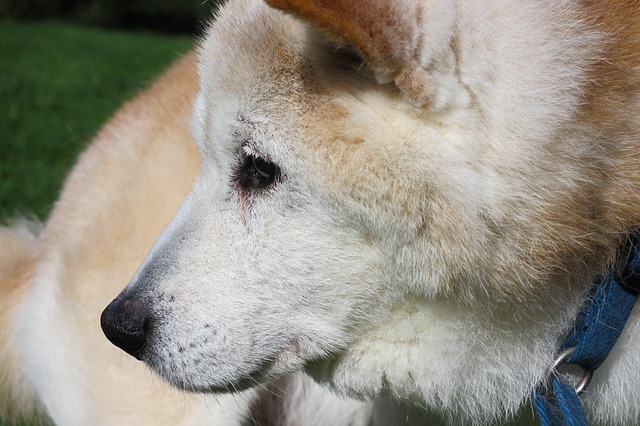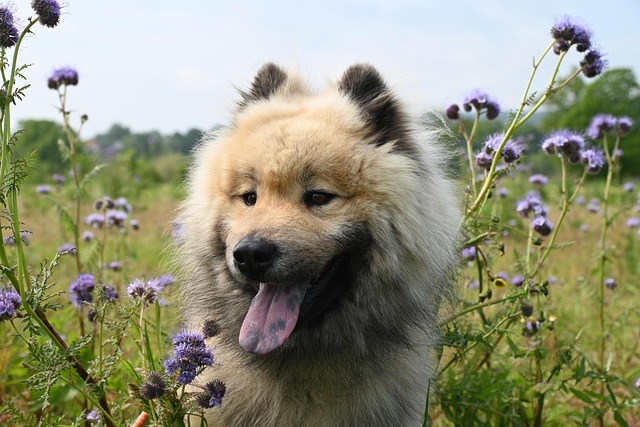The eastern bluebird (Sialia sialis) is a small thrush that is typically found in the open farmlands and orchards. The bluebird has adapted to living in urban areas and it often perches atop a nest box. They have brilliant blue plumage on the back and head. They are about two-thirds the length of an American robin.
Eastern Bluebird Facts
Anatomy
- It has a rounded head and long wings but wings are fairly short. The bluebird’s bill is also short.
- Males are mainly recognized by vivid blue plumage but a reddish-brick throat and breast gives a completely different look.
- Adults average 6.3–8.3 in (16 – 21 cm) in an overall length with the wingspan measuring at 9.8–12.6 in (25 – 32 cm) .
- The average weight of eastern bluebirds is about 1–1.1 oz (28–32 g).
- It is typically a ground forager.
- The bird has got beautiful elegant look with the combination of brown and blue plumage.

Range & Habitat
- They occur in the eastern North America and Nicaragua. The western population seems to lay more eggs as compared to those live in the southern or eastern regions.
- Eastern bluebirds prefer to make homes in open habitats with little ground cover. These habitats include pine savannas, open woods, forest openings, beaver ponds, grasslands, and farmlands.
- They have adjusted to suburban parks, golf courses, backyards, and agricultural fields.
Behavior
- Eastern bluebirds perch on electric wires or fences while overlooking open fields.
- They will not catch insects during flight in fact bluebirds beat their wings while flying low above the ground to look for insects.
- They have got keen sight as birds of the same size can hardly see prey at a distance of 60 feet but bluebirds can.
- Males are highly aggressive toward other species such as Blue Jays, Brown-headed Nuthatches, House Sparrows, Carolina Chickadees, and European Starlings.
- Eastern bluebirds are likely to pair for many months.
- While bluebirds are permanent residents they do migrate (short distances) in search of food. It happens mostly in winter when the food becomes scarce.
- Bluebirds are highly social animals as they often make large flocks of up to 100 individuals each.
- During the breeding season, eastern bluebirds become territorial. They will actively defend feeding sites because bluebirds must occupy the site throughout the winter.
- They have got low-pitched calls such as tu-a-wee. Male’s calls are more likely to last longer than female’s. When threatened eastern bluebirds will utter a continuous and loud chit-chit-chit.
Feeding Ecology & Diet
- Eastern bluebirds are thought to consume ground-dwelling insects. They rarely get hold of insects in the mid-air.
- Eastern bluebird’s diet includes crickets, spiders, beetles, grasshoppers, katydids, and caterpillars.
- During fall and winter, they seem to rely on blueberries, currants, hackberries, black cherry, hawthorn, wild grape, black raspberries, Virginia creeper, mistletoe, dogwood berries, pokeweed, bay, juniper berries, honeysuckle, wild holly, and sumac.
- They will rarely eat salamanders, snakes, tree frogs, shrews, and lizards.

Reproductive Biology
- The female alone builds a nest and the materials she uses include pine needles, fine grasses, and sometimes turkey feathers.
- Eastern bluebirds are thought to build nests in natural cavities or holes abandoned by woodpeckers.
- The cup-like nests are mostly located 50 feet off the ground.
- They may or may not use the same site for raising broods.
- The clutch size is 2 – 7 pale blue eggs. Bluebird’s eggs are 0.7–0.9 in (1.8–2.4 cm) long with the width measuring at 6–0.7 in (1.5–1.9 cm).
- A female raises 1 – 3 broods each year.
- The incubation period lasts 11 – 19 days.
- The nestling period ranges from 17 – 21 days. Hatchlings are born naked with brown down.
- Predators of bluebird’s eggs include American black bears, raccoons, eastern chipmunks, fire ants, and flying squirrels. Adults are often killed by American kestrels, rat snakes, and racers.
- The maximum lifespan of eastern bluebirds is about 10 years and 5 months. Generally eastern bluebird lives up to 6 years.
Conservation Status
Least Concern





Leave a Reply